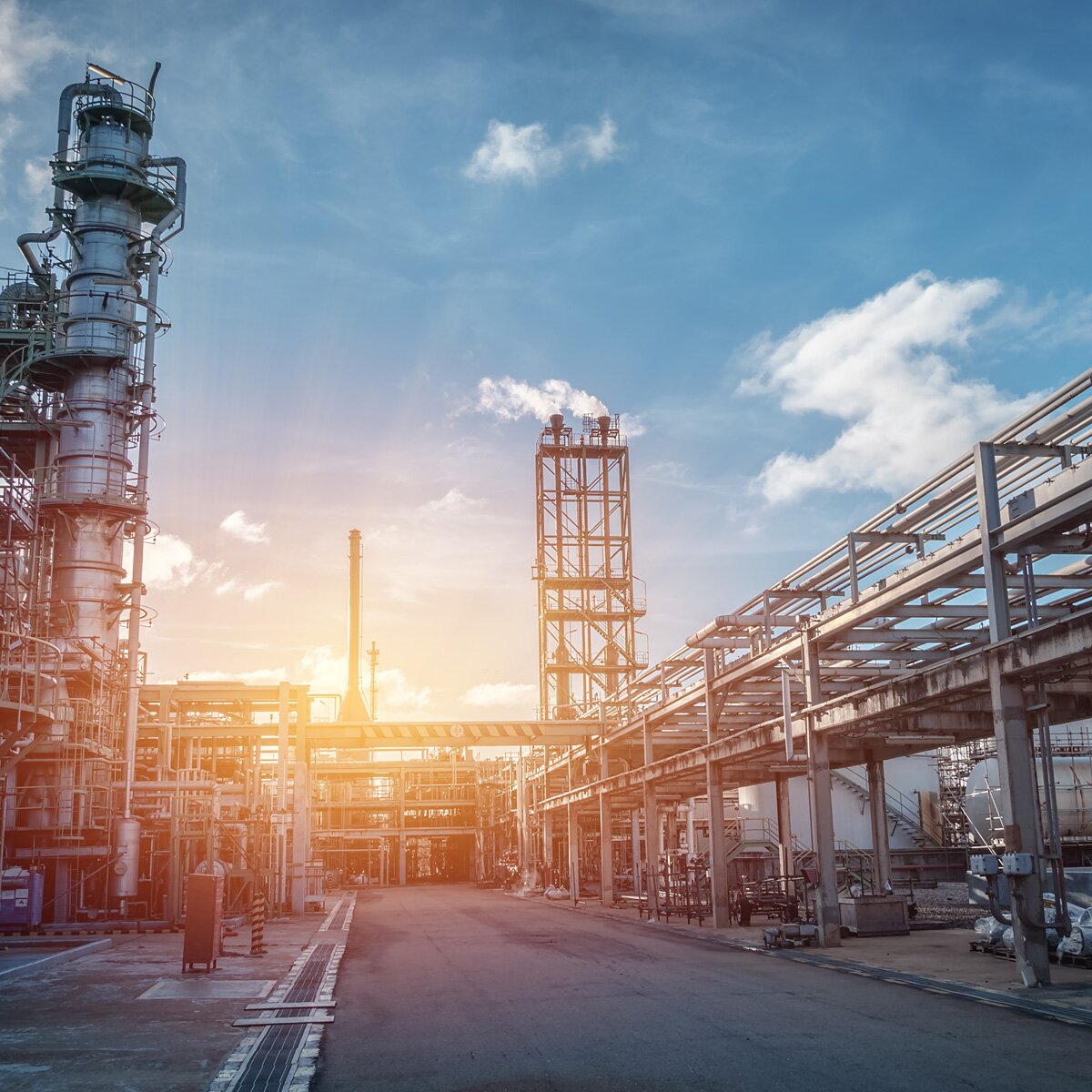The Future of Natural Gas
04/11/2025

Natural gas has proven to be an affordable, plentiful and clean-burning source of fuel for much of today’s world. In the U.S., it also offers energy security, supports jobs and makes it easier for the continued development of alternative, sustainable technologies, like wind and solar. But what is the future of natural gas? Where can it take us, and for how long? Let’s explore those topics.
The current state of natural gas
Worldwide Production and Usage
With so many daily applications for natural gas in homes and for businesses, the world has increasingly turned toward it as a source of fuel over the years. It’s currently the No. 1 source of energy for electricity production in the U.S. and has also grown for such purposes as heating and cooking.
In 2024, according to the U.S. Energy Information Administration (EIA), Americans used about 32.96 trillion cubic feet (Tcf) of natural gas, which is an almost 37% increase since 2010. Worldwide, people used about 149.6 Tcf, representing a 41.3% growth over the same time. The U.S. also produces the largest volume of natural gas each year, followed by Russia, Iran, China and Canada. And the U.S. remains the largest consumer worldwide, followed by Russia, China, Iran and Japan.
On the export side, the U.S. leads again, followed by Russia, Qatar, Norway and Australia. And when it comes to the receiving end, Japan, Germany, China, Italy and South Korea are the world’s top natural gas importers.
U.S. Natural Gas Reserves
In 2022, according to EIA, the U.S. had an estimated 691 Tcf of proved natural gas reserves (reserves known to contain natural gas), which represents about 9.5% of the world’s estimated total. But it’s hard to say how long these reserves will last. Certain key factors can change over time, making this hard to predict. And new unknown factors can always arise. But when many experts put current rates of production and consumption up against what’s both known and estimated to be available, U.S. natural gas isn’t expected to run out any time soon.
According to EIA, the U.S. has enough natural gas reserves to last 86 years, based on current production rates and proved reserves. When you factor in both proved reserves and unproved resources, that time estimate stretches to 92 years.
Future Trends and Predictions
Demand and Consumption
According to some experts, global demand for natural gas is expected to rise through 2030, though use may decline as sources of renewable energy become more effective. Much of this expected growth in demand is predicted in developing regions like Asia-Pacific and the Middle East, as they continue to move forward with industrialization and economic growth.
Supporting Growth
Future investments in natural gas infrastructure will make it easier to transport and store. And technological advances are boosting the efficiency and cost-effectiveness of extracting it from the ground, as well as our ability to capture and store carbon emissions created during production and consumption of natural gas. The growth of liquified natural gas (LNG), too, is expanding the market, as LNG is easier to transport to various parts of the world.
Barriers to growth include regulatory measures that restrict natural gas extraction, transport and consumption; the geopolitical climate, which can affect natural gas importing and exporting; and weather conditions, which are often unpredictable and out of human control.
Other Opportunities for Growth and Sustainability
While it’s clear natural gas reserves won’t last forever, this clean-burning source of fuel is often praised by many for its ability to help us gradually transition to more sustainable forms of energy—read more about this in our blog about how natural gas serves as a bridge fuel to cleaner energy.
And there’s more natural gas than what’s just waiting to be extracted from the ground. Renewable Natural Gas (RNG) is a sustainable form of natural gas produced from organic agricultural and food waste and wastewater. Like traditional natural gas, it’s versatile, meaning it can be used to generate electricity, heat homes and fuel vehicles, and it contributes to energy security. And it’s green, too. Because it’s made from waste material, it helps reduce greenhouse gas emissions by capturing methane that would have otherwise been introduced into the atmosphere.
Thanks for reading our blog. We know the future of natural gas can’t be predicted with absolute certainty, but we hope we’ve helped you understand more about its current state and where it’s likely to go. Stay tuned to our blog and social media channels as we continue to post other helpful bits of info in the future.
 Help
Help Giving Back
Giving Back My Account
My Account Sign Up
Sign Up











